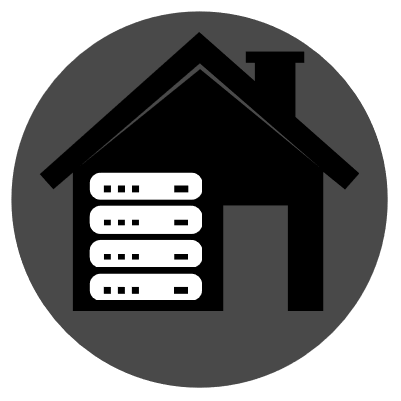I also have the account @Novocirab@jlai.lu.
- 4 Posts
- 17 Comments

 7·19 days ago
7·19 days agoSee other comments: Got bought up by some company and then enshittified.

 13·19 days ago
13·19 days agoLook into PhotoGIMP, afaik it precisely delivers Photoshop-like symbols, maybe even layout, and shortcuts

 38·19 days ago
38·19 days agoBrowser is nice. On Linux though, Okular is superb (except for its occasional problems with forms).

 3·19 days ago
3·19 days agoWhat’s your opinion on Affinity (Designer/Photo)?

 7·19 days ago
7·19 days agoApparently Audacity has been bougth by a company which subsequently did crap with it. https://www.reddit.com/r/linux/comments/s9isqj/help_tenacity_a_fork_of_audacity_after_its/
Not sure how good Tenacity currently is

 3·19 days ago
3·19 days agoWell, on the other hand, it’s by far not always the case that the program one person is currently using is already the best choice for their use case. For example, in the process of degoogling, I’ve begun using a lot of programs that are actually better for me than the ones I previously used (e.g. Notesnook > Google notes). Of course there’s friction/effort involved in finding the best replacement, but there’s just no way around that if the goal is to get away from the defacto standards.

 292·23 days ago
292·23 days agoThis is a huge opportunity. All of us Linux geeks now need to be on mainstream social media platforms and actively seek out and help everyone who expresses an interest in switching from Windows to Linux.
Well, shit. But at least there’s this:
It’s also far from clear that the tech industry will prove to be as hungry for fossil fuel power as some predict. First, advances in AI technology could drive energy consumption down. Concerns are emerging that the technology may not fully live up to the hype, at least from investors’ standpoints, with Alibaba Group chairman Joe Tsai telling a Hong Kong investment summit in March that data construction may have already reached “the beginning of some kind of bubble.” Plus, the Trump tariffs have injected extraordinary levels of uncertainty into global markets, leaving some experts wondering if the upheaval could derail an AI boom.

 2·29 days ago
2·29 days agoI can’t help with personal experience unfortunately. I think some (a lot?) of people are satisfied, but one does need some tech skills to get it up and running.
Instructions are out there in various github repos, some of them also link to volunteer support channels.
Or instructions in German here: https://linux-content.org/so-installierst-du-affinity-photo-designer-und-publisher-unter-linux/

 2·29 days ago
2·29 days agoWorth noting: Affinity, while not open-source, can be brought to run under Linux. This may be helpful for people wanting to ditch Windows.

 6·1 month ago
6·1 month agoYeah, the Android alternatives I have in mind are LineageOS, GrapheneOS and /e/OS, but I’m not sure on how good their privacy is. Most importantly though, they’re often not available for older/non-mainstream smartphones.
So policy-wise, a useful step could be to get wider standardization of smartphone hardware, to reduce the efforts needed to port alternative OSs there.

 6·2 months ago
6·2 months agoThank you, that’s very insightful and useful.

 5·2 months ago
5·2 months agoAlso, just to indicate the orders of magnitude: The German electiricty grid roughly operates at a power of 200 000 MW on average.
Source (the colorful graph in the middle of the page). (Be mindful that the absolute numbers in the graph are given in “MWh per 15 minutes” (power*time/time), so to get the Watt number (power), one has to multiply all numbers by 4.)

 5·2 months ago
5·2 months agoActually this might make for a fun propaganda game: Set up a website where every person can mark, for each item on the list, whether they made the switch, so that in the end they receive a picture they can share on social media so as to engage in a low-key “competition” with their friends.

 7·2 months ago
7·2 months agoWorth noting that with KeePassDX, there’s a compatible mobile app.

 1·3 months ago
1·3 months agoLove it, thanks! Just did it. The chosen domain may be a bit unfortunate though, I think, because it could be punished by many algorithms.

THIS IS AWESOME, THANK YOU!
(Apologies for my capslock, but I really am stoked.)
Link to FreeTube.io download page